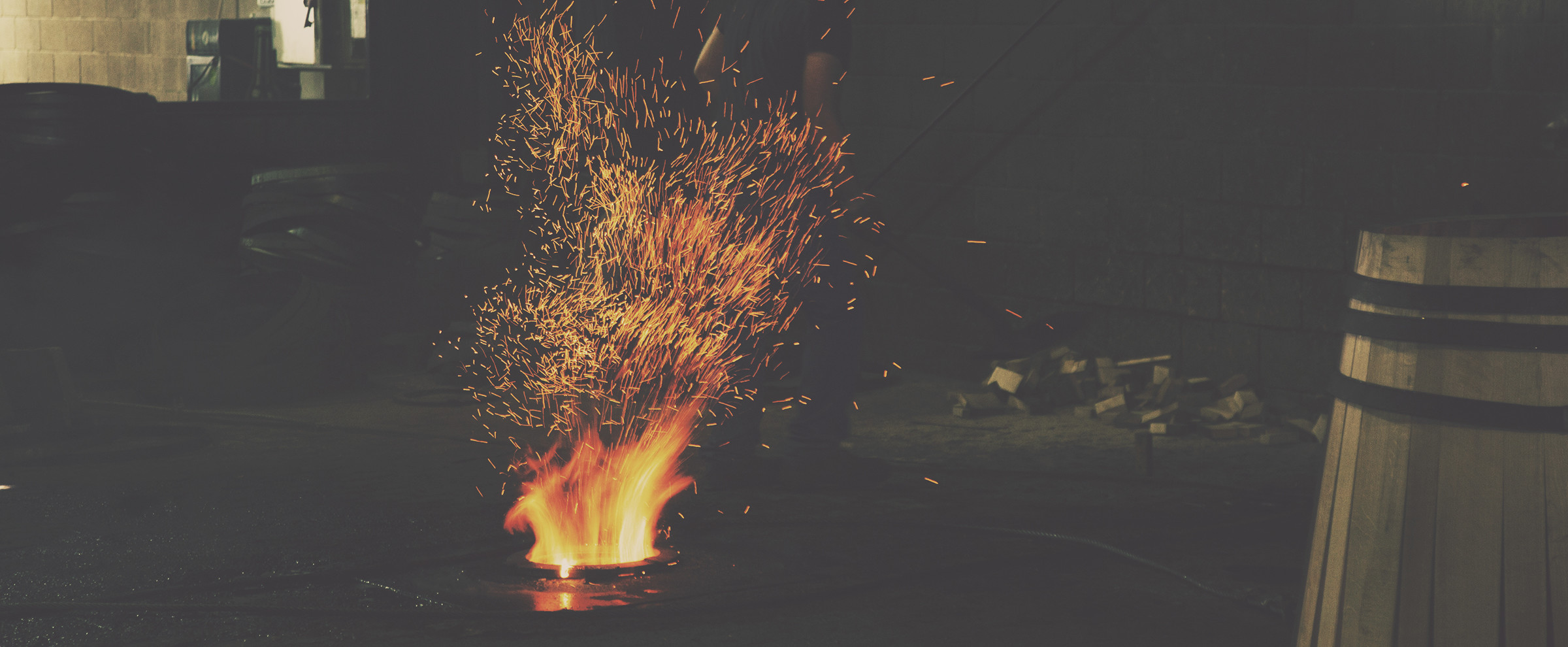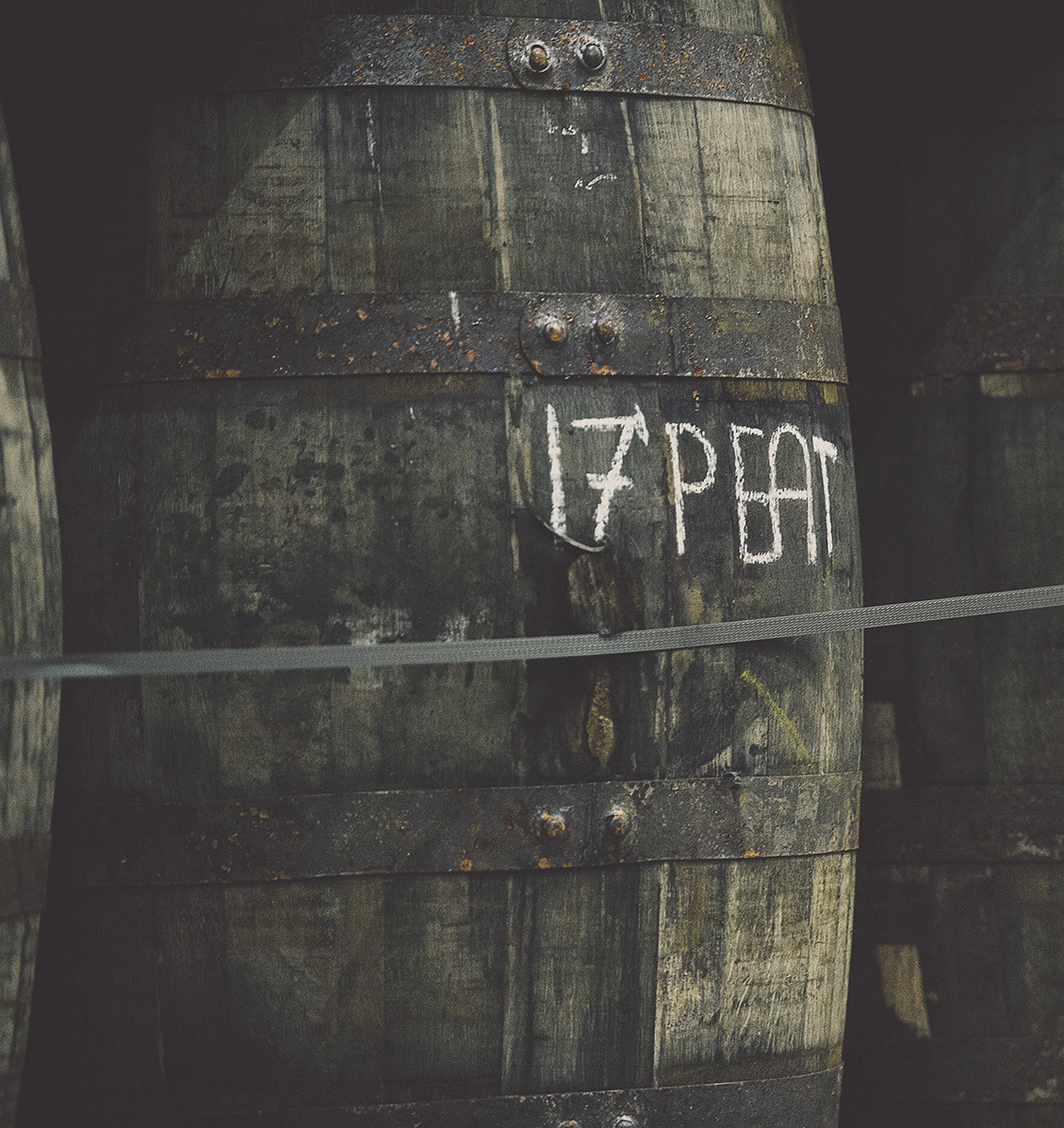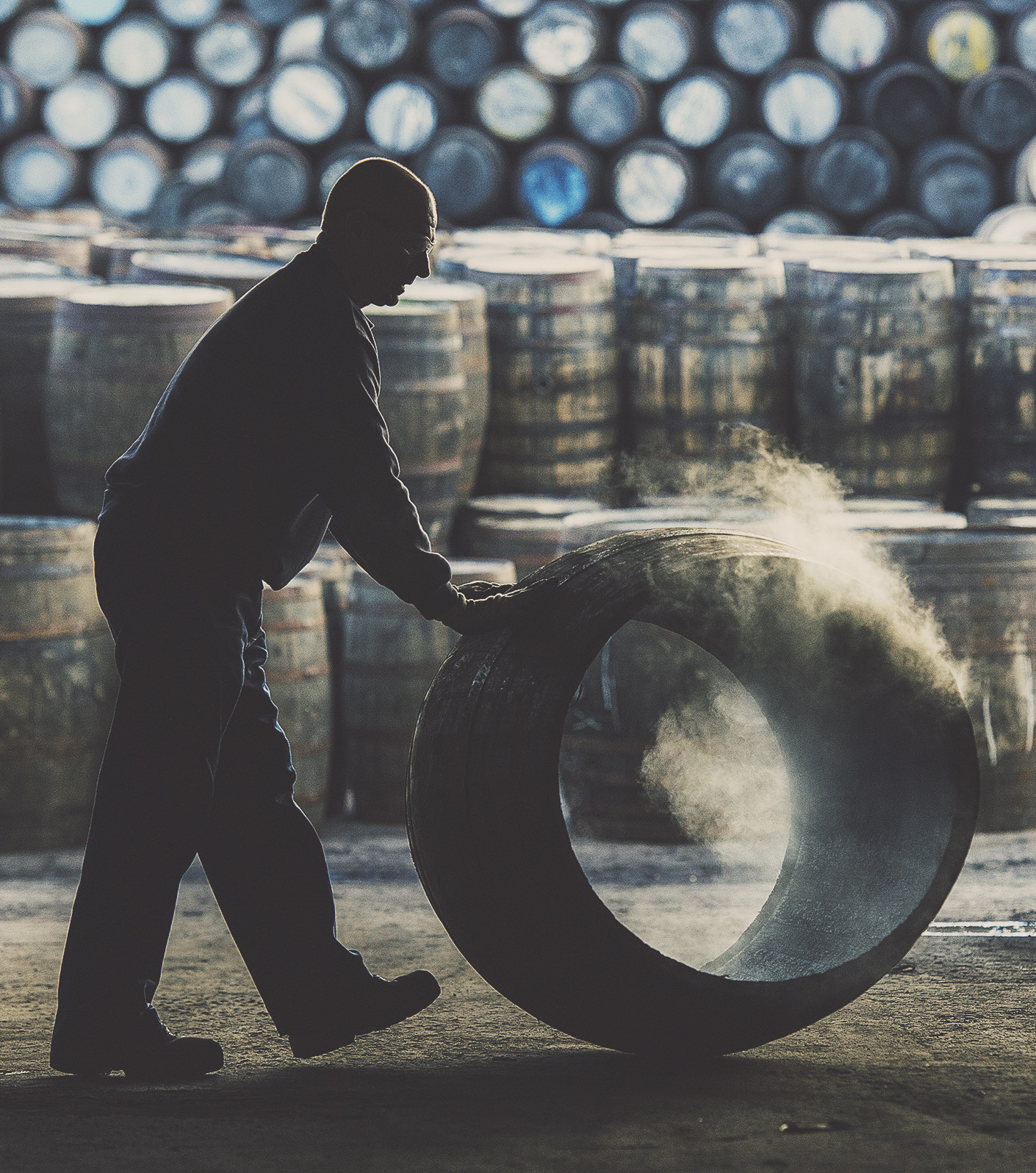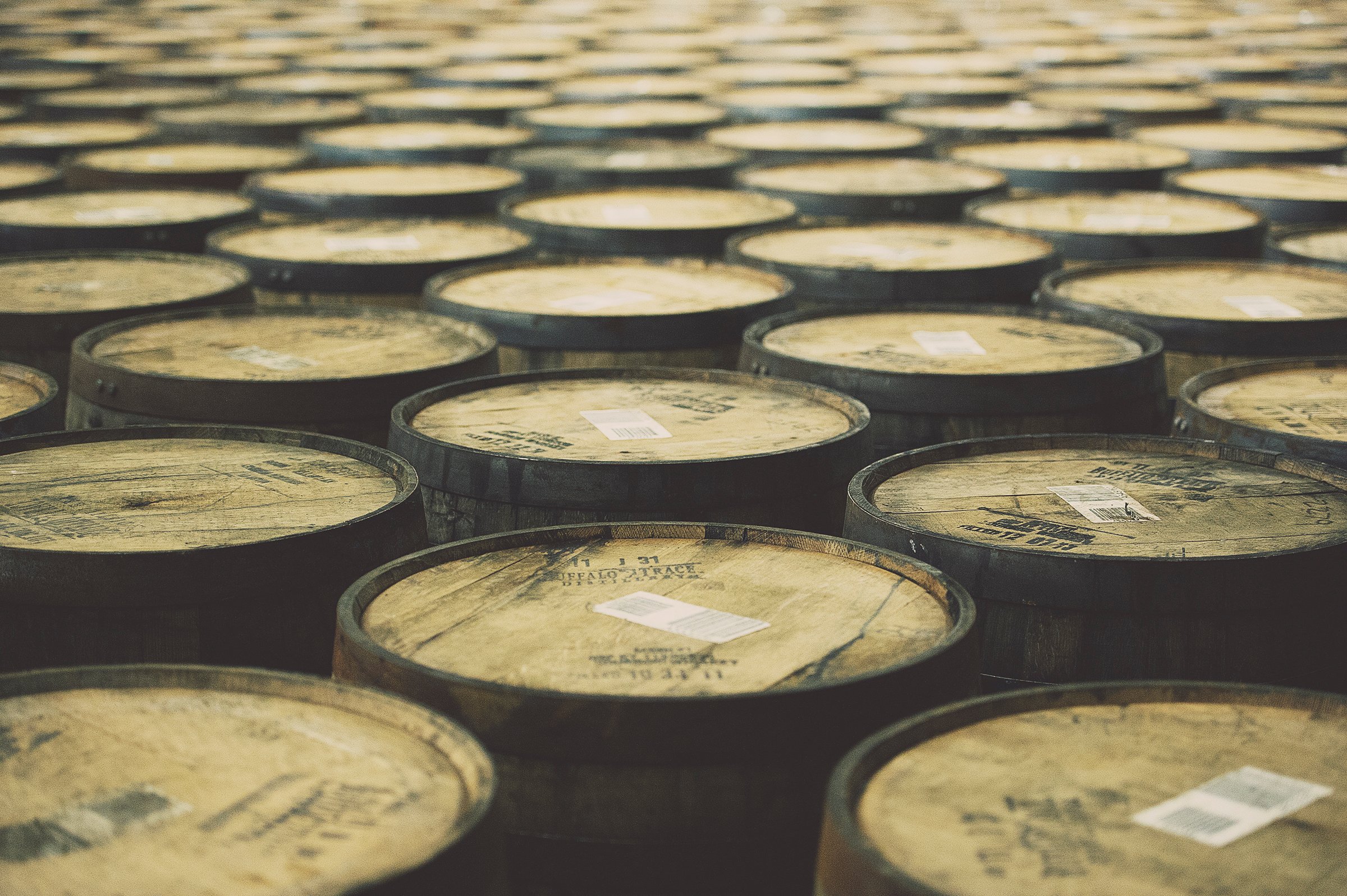Originally published in Unfiltered #74
Words: Lee ‘Connas’ Connor
Before we started hearing about ‘wood policies’ and ‘cask management’, whisky has always needed to be aged. For that, the most popular vessel of choice has, is, and for the foreseeable future always will be the humble refill bourbon hogshead. SMWS ambassador Lee ‘Connas’ Connor continues his maturation journey with a deep dive into the workhorse of the Scotch whisky industry
While fully accepting the important role that European oak (Quercus Robur) plays in the maturation of Scotch, we must acknowledge that without its American cousin (Quercus Alba) we simply would not have the vibrant, forward-thinking, international industry that we enjoy today.

Manufacturing flavour
Once the staves are sawn to length and assembled at one end, the inside of the cask is slowly toasted over a period of 40 to 60 minutes to make it softer and easier to form into a finished cask. Although this process was originally for the purposes of physically forming a cask, we now know that specific control of toasting needs to be in place to ensure that the maximum amount of desirable flavour and colour are delivered.
A willing exorcist
Kentucky christening
As the name suggests, the first time the cask is used it is to mature bourbon. The alcohol content in the spirit goes to work breaking down the abundant flavour compounds in the new wood and seeps through the char and toast coverings back into the cask. The result is that some of the original more aggressive notes are tempered, and some of the potential bourbon lies in the pores of the oak before it is transported (usually intact) to Scotland.
A culmination of craft
So, if you’re lucky enough to delve into Cask No. 88.24 When fruit & cream collide from this month’s Outturn, you may pick out notes of peaches, apricots, oranges or subtle hints of charred oak. That’s in no small part down to the skill of our Spirits Team in matching the spirit with the right bourbon cask — a refill hogshead, in this case — to both enhance the desirable characteristics and strip out the less enticing aspects from the original liquid at exactly the right time to deliver the optimum whisky. It’s not just luck!
Unfiltered Magazine is The Scotch Malt Whisky Society’s premium whisky knowledge magazine delivering quality content exclusively to members in an immersive multimedia format monthly. To view Unfiltered #74 in its entirety (as well as all back issues), log in and access the members’ portal or join The SMWS today — the world’s most colourful whisky club.









